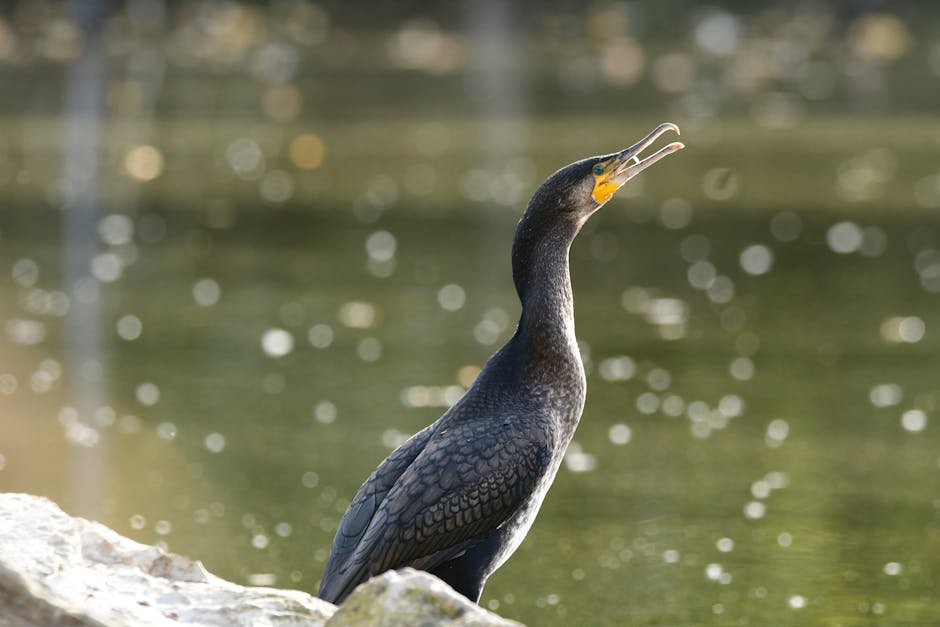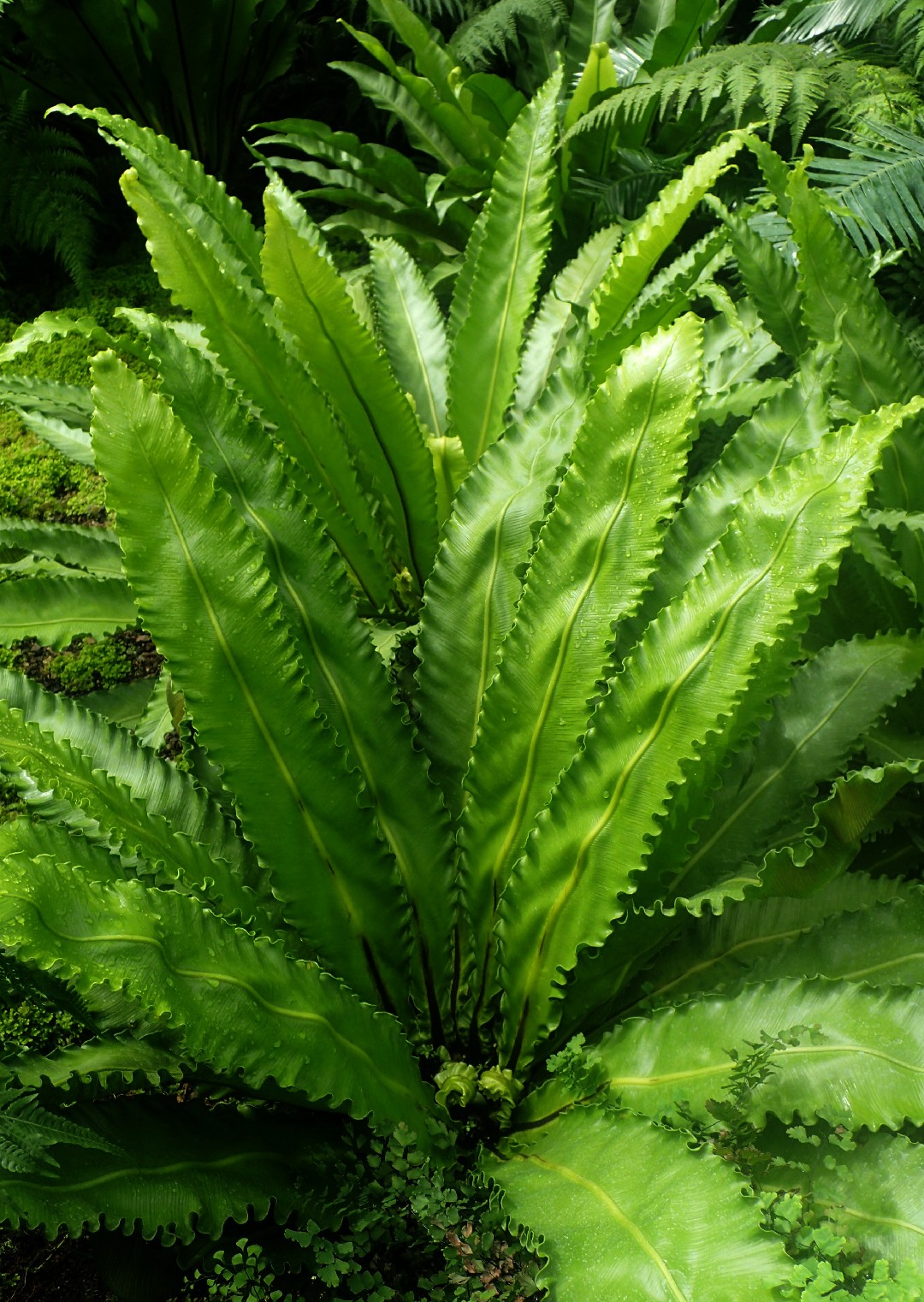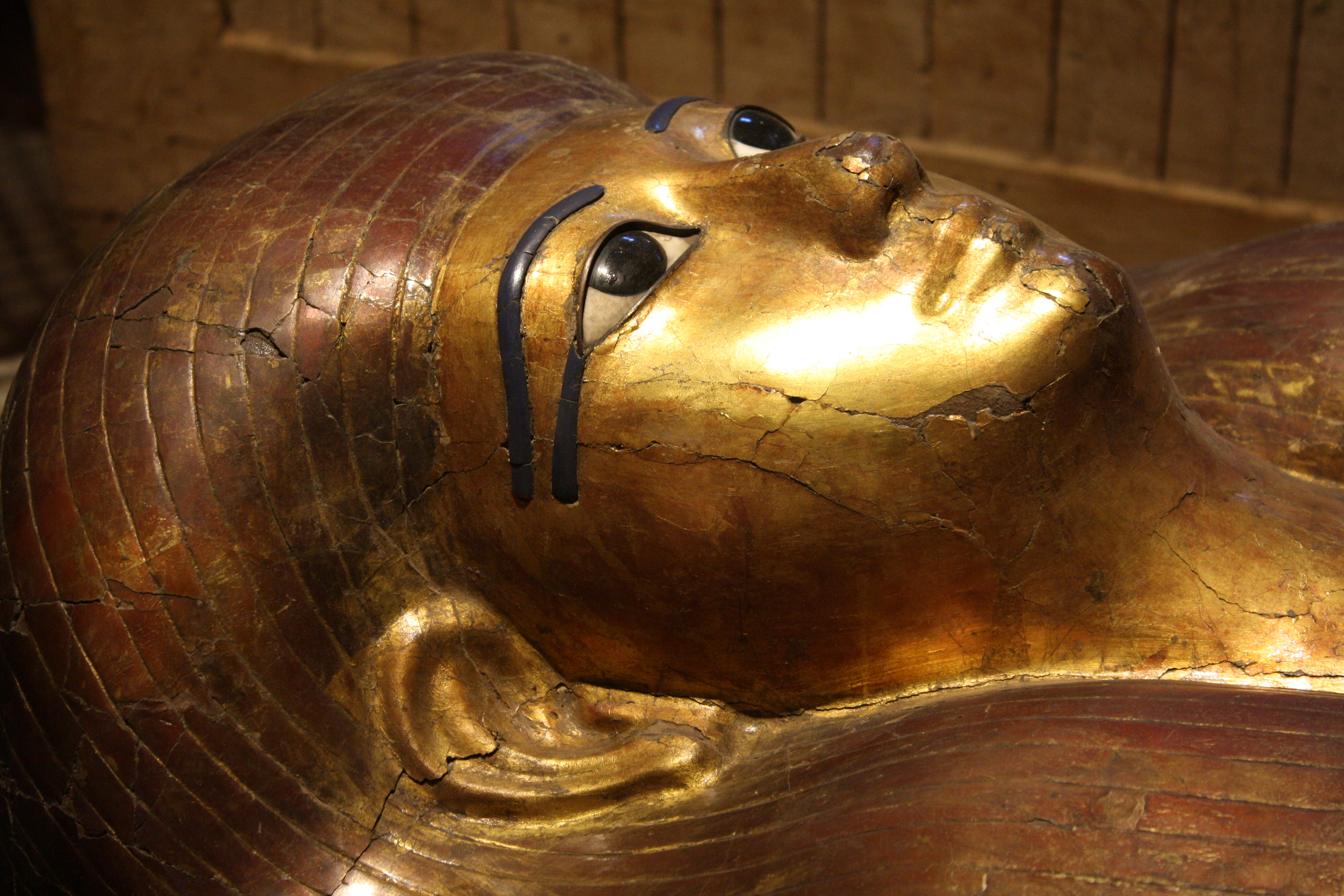Introduction

Birds, with their vibrant plumage and melodious songs, have long captivated the human imagination. In this article, we will delve into the intriguing world of avian mortality and explore what happens when a bird dies.
Understanding the processes that unfold after a bird’s demise holds significant ecological and conservation implications. By examining the fate of bird carcasses and their impact on the environment, we gain insights into the vital role birds play within the intricate web of life.
Throughout this article, we will explore key aspects related to birds and mortality. We will unravel the natural cycle of life and death, shedding light on how birds navigate the delicate balance between existence and expiration. Next, we will delve into the physical processes that occur within a bird’s body after death, unraveling the mysteries of decomposition and its ecological significance.
Furthermore, we will examine how the presence of a deceased bird can influence the surrounding environment, from providing nourishment to scavengers and decomposers to altering habitat dynamics and resource availability.
We will also explore the various ways in which we interact with and handle dead birds, considering both cultural practices and legal considerations. Finally, armed with knowledge about avian mortality, we will discuss actionable steps we can take to support the well-being of birds during their living years.
In essence, this article aims to shed light on the intricacies of bird mortality, revealing the hidden facets of their existence even after death. By understanding the processes and impacts associated with avian mortality, we can forge a deeper connection with nature and foster a sense of responsibility towards the avian world.
The Natural Cycle of Life
![]()

Birds, much like humans, have a limited lifespan. Throughout their lives, birds experience various stages of development, from hatching as vulnerable chicks to reaching adulthood and assuming their roles in the ecosystem.
As birds age, they face the inevitable reality of mortality. Factors such as disease, predation, accidents, and natural causes can contribute to their death. When a bird dies, its body undergoes decomposition, a natural process where organic matter is broken down into simpler substances by bacteria, fungi, and other organisms.
Scavengers play a vital role in recycling nutrients back into the ecosystem. Animals such as vultures, crows, and other carrion-eaters feed on the carcass, while insects like beetles and flies contribute to decomposition by consuming the bird’s remains.
Over time, the bird’s body gradually breaks down, returning its nutrients to the soil or water where they can be utilized by other organisms. This nutrient recycling is essential for sustaining the delicate balance of the ecosystem.
While the natural cycle of life involves death, it also presents opportunities for new life to emerge. The remains of a bird, such as bones, feathers, and other non-organic materials, can persist in the environment, providing valuable resources for other animals.
Understanding and respecting the natural cycle of life and death among birds fosters a deeper appreciation for the intricate web of life. By recognizing the significance of this cycle, we can cultivate a greater sense of responsibility in preserving and protecting bird populations and their habitats.
What Happens to a Bird’s Body After Death?


After a bird’s demise, a series of physical changes occur as the natural process of decomposition takes place. Understanding the fate of a bird’s body after death provides insight into the intricate cycle of life and the role birds play in the ecosystem.
Rigor Mortis
Similar to other animals, birds experience rigor mortis following death. Within a few hours after the bird’s passing, chemical reactions cause the muscles in its body to stiffen. Rigor mortis typically persists for a day or two before gradually subsiding.
Decomposition
Following rigor mortis, the bird’s body initiates a complex process known as decomposition. This process involves the breakdown of organic matter through the activity of bacteria, fungi, and other microorganisms. Enzymes released by these microorganisms cause the gradual breakdown of the bird’s tissues and organs, leading to the release of gases and the production of various byproducts.
Autolysis
One significant aspect of decomposition is autolysis, which refers to the self-digestion of cells. After death, enzymes released by the bird’s own tissues promote the breakdown of cellular structures, resulting in the release of their contents.
Putrefaction
Putrefaction represents a stage of decomposition characterized by the strong odor emitted from the decaying body. During putrefaction, the bird’s tissues continue to break down, and the action of bacteria and other organisms leads to the production of foul-smelling gases.
Insect Activity
As decomposition progresses, insects play a crucial role in breaking down the remains of the bird’s body. Flies, beetles, and other scavenging insects are attracted to the nutrient-rich carcass and aid in its decomposition.
Understanding the physical processes that take place after a bird’s death provides valuable insights into the intricate workings of nature. The decomposition of a bird’s body contributes to nutrient cycling and sustains the delicate balance of the ecosystem.
How Does a Dead Bird Impact the Environment?
![]()
Dead birds have a significant impact on the environment, affecting food resources, habitat, and other animals in various ways.
Food Resources
Scavengers such as crows, vultures, and ravens play a crucial role in recycling nutrients back into the ecosystem by feeding on the carcasses of dead birds. This prevents the buildup of decaying matter and aids in decomposition. In aquatic environments, dead birds also contribute to the food chain, providing nutrients and energy to fish, crabs, and other organisms.
Habitat
Dead birds can impact the habitat by attracting pests and parasites when they remain in their nests. However, they can also create new habitats in forested areas by creating small cavities or depressions. These microhabitats enhance biodiversity and provide shelter for various organisms.
Impact on Other Animals

The presence of dead birds can influence the behavior and interactions of other animals. Predators are attracted to the scent of dead birds, leading to changes in predator-prey dynamics. Scavenging behavior can also affect the population dynamics and distribution of animals consuming dead birds.
Disease Transmission
Dead birds, especially those that have died from infectious diseases, can pose a risk of disease transmission. Proper handling and disposal of dead birds are essential to minimize the potential spread of pathogens and protect public health.
The Natural Cycle of Life
Understanding the natural cycle of life is crucial to comprehending the significance of a bird’s death and its impact on the environment.
What Happens to a Bird’s Body After Death?
After a bird’s demise, its body undergoes a series of physical processes that aid in decomposition and recycling. Over time, the body breaks down into its constituent elements, returning to the earth and becoming part of the natural nutrient cycle.
Human Interaction with Dead Birds

Humans interact with dead birds through various disposal methods, including burial, cremation, or natural decomposition. Legal considerations surrounding dead birds are important to prevent violations, especially for protected species or when there is a risk of disease transmission. Handling dead birds also requires caution due to potential health risks.
What Can We Do to Help Birds?


In addition to understanding the impact of dead birds, it is important to consider ways to help birds while they are alive. Initiatives such as habitat protection and restoration, reducing pesticide use, creating safe nesting sites, and promoting public awareness about bird conservation can all contribute to the well-being and survival of bird populations.
Conclusion


Understanding the significance of a bird’s death and its role in the ecosystem fosters a deeper appreciation for the interconnectedness of all living beings. By recognizing legal considerations, health risks, and responsible disposal methods, we can promote environmental stewardship. Active participation in bird conservation efforts ensures the preservation of these remarkable creatures and the ecosystems they inhabit, allowing future generations to enjoy the beauty and wonder of avian life.
What Can We Do to Help Birds?
Birds play a vital role in maintaining ecosystems and enriching our surroundings. By taking proactive steps, we can contribute to their well-being and survival. Here are ways to help birds:
Conservation Efforts
Support bird conservation organizations through donations or volunteer work. They protect habitats, conduct research, and implement strategies. Participate in citizen science programs to monitor bird populations and collect data for conservation efforts. Promote responsible birdwatching practices and engage in advocacy efforts to protect endangered species.
Habitat Protection
Preserve and restore natural habitats by encouraging protected areas like national parks and wildlife refuges. Support sustainable land management practices such as forestry, wetland restoration, and grassland conservation. Create bird-friendly urban environments by incorporating green spaces, installing bird feeders, and planting native vegetation.
Other Initiatives
Reduce pesticide and herbicide use to protect birds and the environment. Prevent bird collisions with windows using decals or bird-safe window films.
By implementing these efforts, supporting habitat protection, and engaging in bird-friendly initiatives, we can actively contribute to their conservation.
Conclusion
In this article, we explored the natural cycle of life and death in birds, the impact of dead birds on the environment, and human interaction with them. We discussed ways to help birds while they are alive, including conservation efforts, habitat protection, and other initiatives. By taking action and supporting bird conservation, we can make a positive impact on their populations and preserve their invaluable contributions to our world. Let us safeguard the future of these remarkable creatures.
Frequently Asked Questions
How long does it take for a bird to decompose after death?
The time it takes for a bird to decompose after death can vary depending on various factors such as temperature, humidity, and the presence of scavengers. In general, the decomposition process can take several weeks to months. However, the exact timeline can be influenced by environmental conditions and the size of the bird.
What happens to a bird’s feathers after it dies?

After a bird dies, its feathers can persist in the environment for a long time. Feathers are composed of keratin, a durable protein that resists decomposition. Feathers provide valuable resources for other animals, including nesting materials for birds and insulation for mammals. Over time, feathers can break down through natural processes or be dispersed by wind and water.
Is it legal to keep a dead bird as a pet or collect its feathers?
Laws regarding the possession and collection of dead birds and their feathers vary by country and region. In many places, it is illegal to possess or collect feathers from protected bird species without the appropriate permits. It is important to familiarize yourself with local regulations and seek proper authorization if you wish to possess or collect dead birds or their feathers.
Can dead birds spread diseases to humans?
![]()
Dead birds, especially those that have died from infectious diseases, can potentially carry pathogens that may be harmful to humans. It is important to exercise caution when handling dead birds and to follow proper hygiene practices. If you come across a dead bird, avoid direct contact and use gloves or other protective measures if necessary. If you suspect a dead bird may be carrying a disease, it is advisable to report it to the relevant authorities.
How can I dispose of a dead bird?
The appropriate method of disposing of a dead bird can vary depending on local regulations and personal circumstances. In some cases, burying the bird in a suitable location away from water sources and human activity may be an option. Alternatively, contacting local animal control or wildlife agencies for guidance

Leave a Reply